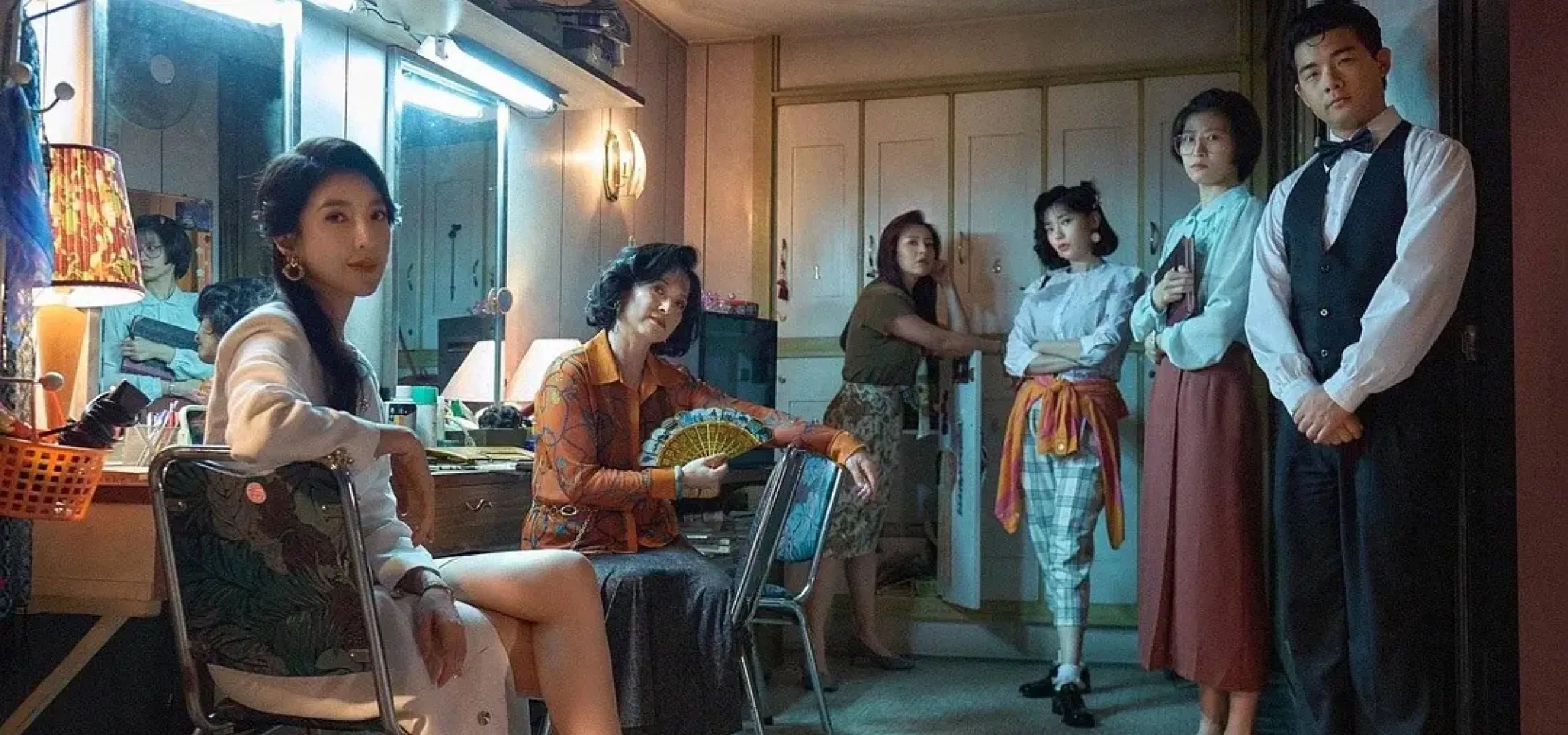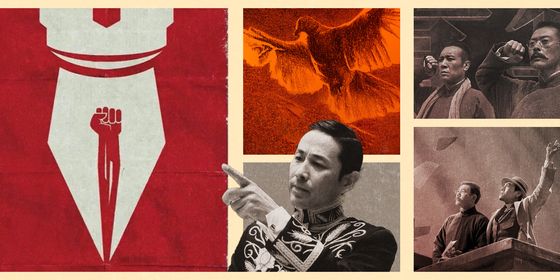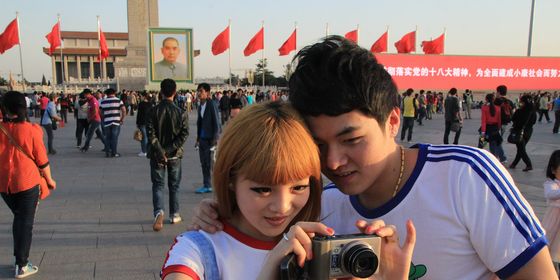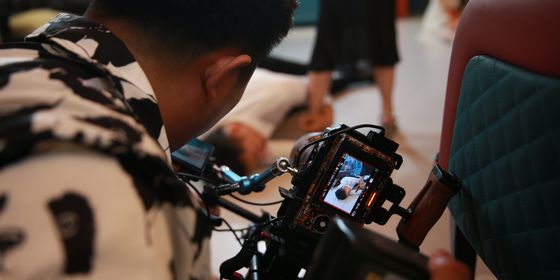A popular thriller set in 1980s Taiwan humanizes the women behind a difficult and stigmatized profession
“What do we sell? A sense of romance,” says Sue, co-owner of a nightclub in hit TV thriller Light the Night. But romance comes with bitter costs.
On the surface Light the Night is a gritty murder mystery set on the neon-lit streets of 1980s Taipei, opening dramatically with a group of students finding an unidentified body on a mountainside, which carried the business card of Light, a Japanese-themed nightclub run by Madame Rose (Ruby Lin) and Sue (Cheryl Yang).
However, the show has struck a chord with audiences due to its detailed and nuanced portrayal of “hostesses (陪酒女),” whom director Lien Yi-chi spent a year observing in Japanese-themed hotels in Taiwan before shooting. By focusing on the struggles in the daily lives of the women, the show humanizes this often-stigmatized and little-understood career.
陪酒女 (péi jiǔ nǚ, literally “female drinking companion”), or 小姐 (xiǎojiě, “miss”) as customers in the show sometimes refer to them, are employed by bars and nightclubs under assumed professional names. They drink with customers, top up their glasses, light their cigarettes, and provide them with company and conversation through the night—all with the aim of getting clients to spend.
While modern hostess bar culture appears to have emerged through Japan’s historical geisha tradition, it began to put down roots in cultures across East Asia, including China, in the 1980s and 90s. Bars, clubs, and KTV parlors offered female companions to customers. In the 1980s Taiwan saw a peak in Japanese-themed hostess bars, meeting demand from Japanese businessmen who flooded to the island after its economy took off—The Paper reports that Linsen North Road, the infamous red-light district where the fictional club in the show is located, had over 600 such bars and clubs at that time.













